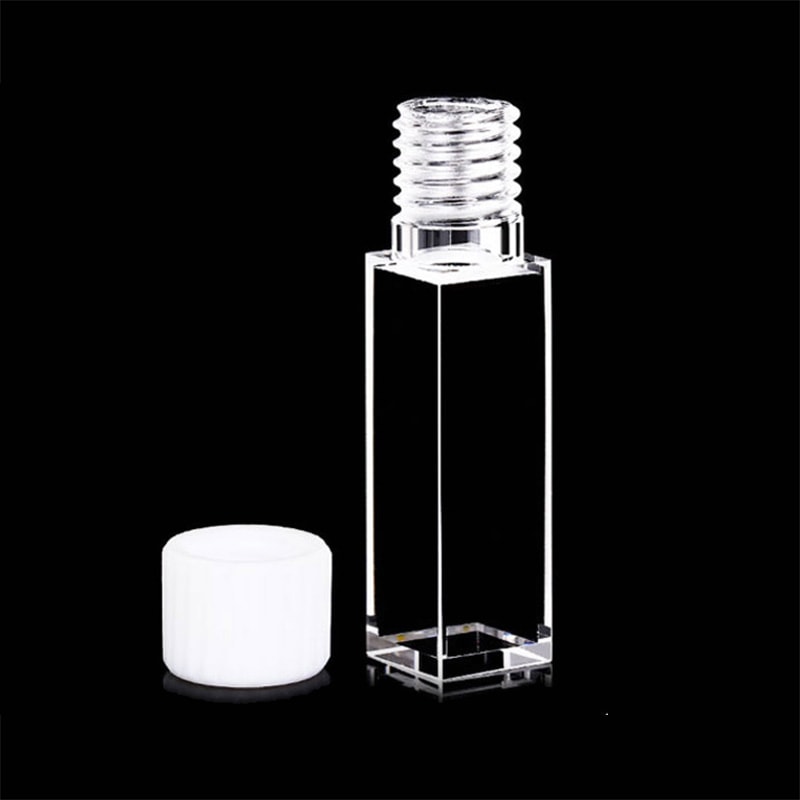The spectrotometry technique is the cornerstone of scientific discovery, a method that unveils the mysteries of light absorbance and transmittance across particular wavelengths. Cuvettes are essentially the vessel at the center, which contains samples to be examined. It may appear simple however their intricate layout starting from the length of the paths for cuvettes to the choice of material that they are made of, can provide precise information on the concentration of a substance and its high-quality. Explore this fascinating world of cuvettes as well as their dimensions. They affect the results of all research.

Image credit: cuvet.co
The Power of Cuvette Path Length
Imagine the beam of light passing through a liquid. The result is dependent on the length of the cuvette or the distance at which the light travels. A majority of laboratories use a standard cuvette with a 1 cm path. This is the ideal solution to balance sensitivity and practicality. What’s the reason? The longer the path, the more light gets absorption which amplifies the signal for small samples. When it comes to concentrated solutions, such as nucleic or protein acids, a short pathway length could alter the way you play. It can reduce the requirement to dilute, which is great for conserving valuable samples, and cutting down the time needed to prepare. What’s the main takeaway from this? The art of matching path length with sample requirements is not obvious and increases reliability.
Cuvette Size and Dimensions more than meets the Eye
Cuvette size isn’t just about how much liquid fits inside it’s about how the vessel interacts with the spectrophotometer. Each cuvette is designed to meet a specific task and comes in a range of shapes and sizes. For instance semi-micro cuvettes, which have smaller dimensions and more robust walls are designed to handle small sample volumes that could be a few microliters an uncommon biological extract. Thicker walls lessen the internal space, allowing light to flow through a sample that is condensed without losing a drop. This is an enormous improvement over a standard cuvette: it requires fewer steps to pipette, has less room for errors and gives results that are accurate. This is a smart tweak that shows that size isn’t just a number it’s strategy.
The 1cm Length of the Path Cube is a Lab Favorite
Why is it that the 1cm cuvette path length is so popularly used in research? It’s the ideal size for biological studies, where the samples are scarce and every milliliter matters. This classic design delivers regular absorbance readings, without overloading the detector. This makes it suitable for anything from DNA purity checks to enzyme tests. It’s not the one that can be used for all. Change it out for another cuvette that has a different path length or a geometry similar to one designed for emission studies and the results may skew in a wide range. The choice of the correct instrument is essential, don’t just use the one you are comfortable with. A cuvette that is not matched to the right one is like an instrument that has been tuned wrong, but not quite the right way.
Material Matters: More than Size and Path
Cuvette dimensions are just one aspect of the story. The choice of material is the most important part. Quartz and glass cuvettes shine for their high transmission rates, letting light zip through with no interference. They are strong as well as reusable and suitable for spectroscopy. However plastic cuvettes provide affordability and ease of use. No cleaning, no cross-contamination. Just use and toss. They’re ideal for quick DNA or test for RNA as well as aqueous solution. The downside? less accuracy in certain wavelengths. This is a classic case of intent dictating preference for quartz for the purist, plastic for the pragmatist.
Precision in Practice
The great thing about cuvettes is in their versatility. Spacers with short paths are able to handle concentrated sample. Larger vessels are better to handle larger volumes. The quality of the results are dependent on the length of the path, the size and the material employed. Take a look at a lab analysing the amount of protein. Semimicro cuvettes have an easier path that reduces the need for dilution and gives reliable results quicker. When you compare this to an inexperienced cuvette swap and find the results to be distorted and distorted, there’s no reason to be surprised. It’s a reminder that in spectrophotometry the little details make the most impact.
Cuvettes aren’t huge, but their role is mighty. Cuvettes, which vary from the 1 cm cuvette’s length to custom dimensions, connect your sample and the insights. If you’re looking for pureness or concentration, the right cuvette turns an accurate measure into a fantastic evidence that precision in science starts with the tools at hand.